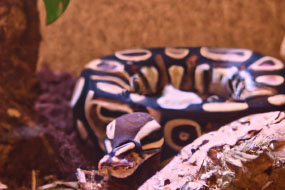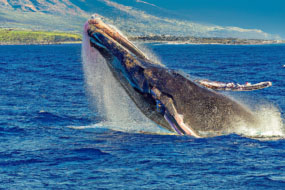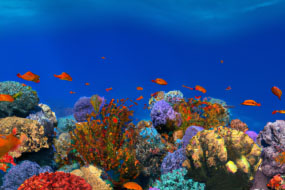
As vital parts of their ecosystems, reptiles play critical roles in keeping the natural world in balance. Unfortunately, many species are under threat of extinction due to habitat loss, climate change, and human activity. This article highlights 10 endangered reptiles and provides tips on how we can help to protect and restore their populations.
1. Leatherback Sea Turtle
The leatherback sea turtle is the largest sea turtle species in the world, but it is also one of the most endangered. Threats to its survival include entanglement in fishing gear, habitat destruction, and poaching for its meat and eggs. To help, support organizations that work to reduce bycatch in fisheries, protect nesting habitats, and enforce laws against the illegal trade of turtle products.
2. Komodo Dragon
The Komodo dragon, a unique and fascinating monitor lizard found only on a few Indonesian islands, is listed as vulnerable due to habitat loss and hunting. To conserve this species, efforts are being made to protect its habitats and establish breeding programs in captivity. Tourists can also help by following responsible ecotourism practices and avoiding interactions that may disturb the lizards.
3. Gharial
The gharial, a long-snouted crocodilian native to India and Nepal, is critically endangered due to habitat loss, overfishing, and hunting. Conservation efforts include habitat restoration and captive breeding programs. To support these efforts, avoid purchasing products made from crocodile skin and report illegal hunting or trade of gharials.
4. Madagascar Spider Tortoise
Endemic to Madagascar, the spider tortoise is critically endangered due to habitat loss and poaching. In addition to supporting habitat conservation and anti-poaching initiatives, individuals can help by not purchasing these animals as pets and avoiding products made from their shells.
5. Jamaican Iguana
This beautiful and rare iguana, found only in Jamaica, was once considered extinct until a small population was rediscovered in the 1990s. Habitat destruction and hunting are still major threats, but conservation efforts including captive breeding programs and habitat protection are helping to restore this species. To support these efforts, avoid purchasing products made from iguana skins and support conservation organizations.
6. Indian Star Tortoise
The Indian star tortoise is popular in the exotic pet trade, leading to overcollection and habitat destruction. To protect this species, individuals can avoid purchasing them as pets, report illegal trade, and support habitat conservation efforts.
7. Malaysian Giant Turtle
This large freshwater turtle, found in Southeast Asia, is threatened by habitat destruction, overcollection for food and for the pet trade, and pollution. Conservation efforts include establishing protected areas and captive breeding programs. To help, avoid purchasing turtle products, report illegal trade, and support conservation organizations.
8. Loggerhead Sea Turtle
The loggerhead sea turtle is a marine reptile that nests on beaches around the world, but it is threatened by habitat loss, pollution, and incidental capture in fishing gear. Conservation efforts include protecting nesting beaches and reducing bycatch in fisheries. To help, support organizations that work to reduce bycatch and protect turtle habitats.
9. Philippine Crocodile
The Philippine crocodile, a freshwater reptile found only in the Philippines, is critically endangered due to habitat loss, hunting, and interbreeding with introduced species. Conservation efforts include habitat restoration, breeding programs, and education campaigns. To support these efforts, avoid purchasing products made from crocodile skins and support conservation organizations.
10. Chinese Alligator
The Chinese alligator, a shy and secretive crocodilian found only in China, is critically endangered due to habitat loss and hunting. Conservation measures include habitat restoration, captive breeding programs, and monitoring of wild populations. To support these efforts, avoid purchasing products made from alligator skin and support conservation organizations.
















